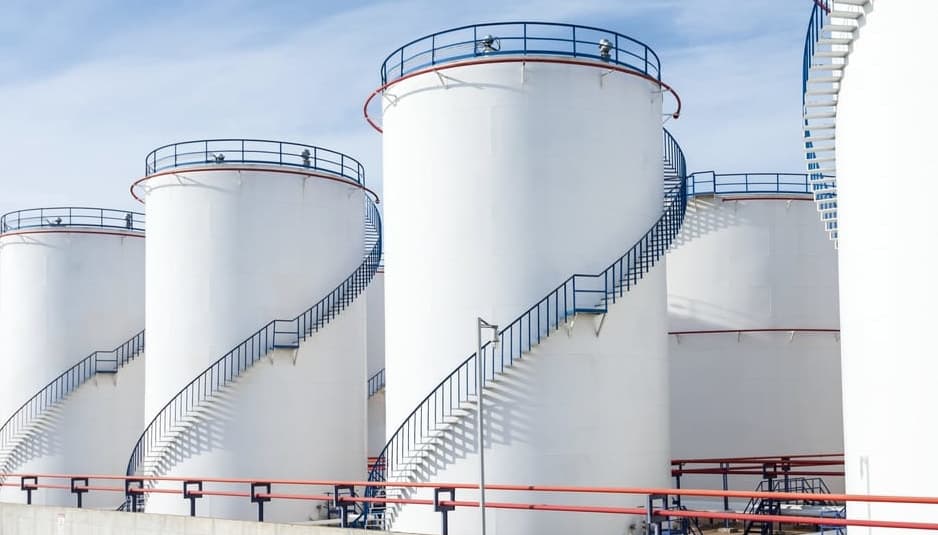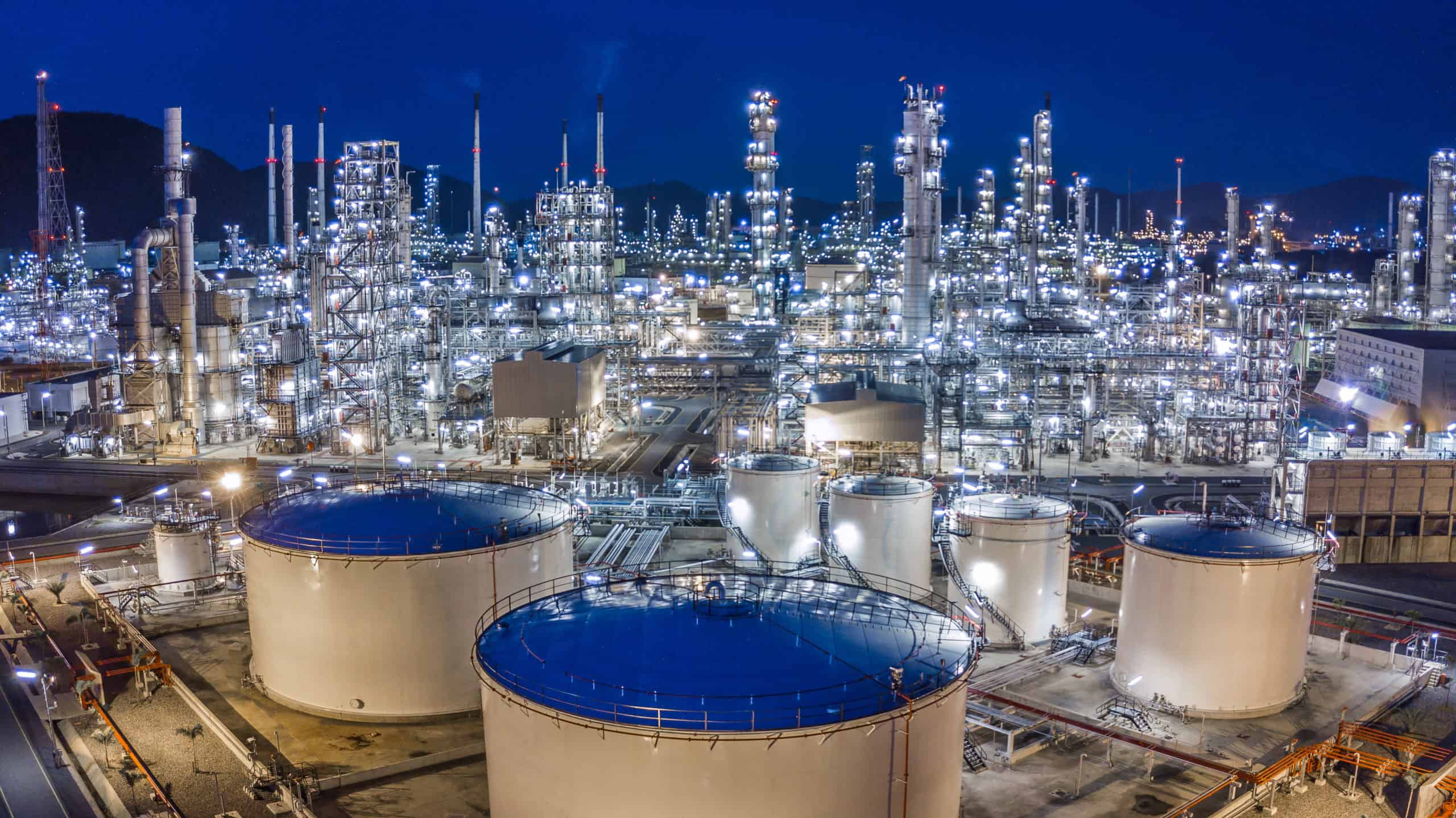Processing plants are huge, complex environments with interconnected assets, each that requires unique monitoring considerations. Your facility may have extensive equipment and thousands of miles in piping that require constant monitoring. Traditionally, this inspection was done under a strict schedule.
While the time-based inspections (TBI) made it possible to sustain facility assets for decades, their efficiency would hit a snug with the increasing number of assets on the expanding plants. It became expensive for companies to sustain their mechanical integrity programs with rising operational costs. RBI inspection was a proposal that optimized the industrial tank inspections.
What is RBI inspection?
Risk-based inspections involve targeting your assets inspections based on the knowledge of damage mechanism, progression rates, and inspection effectiveness. An RBI inspection company can then determine the probability of failure and the consequence of failure to obtain the risk. With only a small percentage of equipment bearing the most risk, it would not be economical to inspect all the equipment at the same time according to the arbitrary, time-based schedule.
Most processing facilities are aware of the RBI inspection approach but fear to transition from the TBI inspections. Here are several benefits that you may accrue by making the switch.
1. Decreased Turnaround Exposure
Historically, most accidents in processing plants would occur during industrial tank inspections and asset repairs. With the scheduled time-based approach, the heavy equipment and thousands of workers moving around increased the risk of an incident occurring. RBI inspection utilizes powerful software and your facilities data from the NDE inspection to calculate the probability and consequence of failure. It significantly reduces the number of staff on the ground, effectively decreasing your storage tanks’ turnaround exposure to any incident.
2. Reduced Inspection Scope
The RBI inspection approach addresses the risk to each piece of equipment individually. You can determine the relative risk tolerance levels for your plant. You can identify equipment that requires immediate mitigation measures and others that are below the risk threshold. It can help you reduce the number of inspections done, focusing your resources on high-risk assets.
3. Optimized Inspections
Traditionally, the TBI inspections would have extended turnarounds, grounding the use of industrial storage tanks for longer periods. RBI inspection companies allow for increased availability of your facilities’ assets with higher coverage of higher-risk equipment and appropriate attention to low-risk threshold assets. You can safely extend the run length of your plant by reducing the net downtime caused by turnaround time.
4. Increased Cost Savings
An RBI inspection has the potential to generate cost-savings for your company through cost reallocation. You can utilize NDE/NDT inspection techniques that do not require equipment shutdown, keeping your plant running. Additionally, you reduce the need for ineffective and unnecessary inspection techniques on your low-risk assets. You can focus your mitigation resources on where they are most needed, increasing cost-effectiveness.
Make the Switch Today
While TBI inspections may have sustained your plant equipment to date, the approach may be ineffective in today’s operating environment. An RBI inspection approach can help your company save more, optimize its inspection procedures, reduce the need for unnecessary checks and lessen turnaround exposure. For more information on RBI inspection services, reach out to Inserve Mechanical Group.



